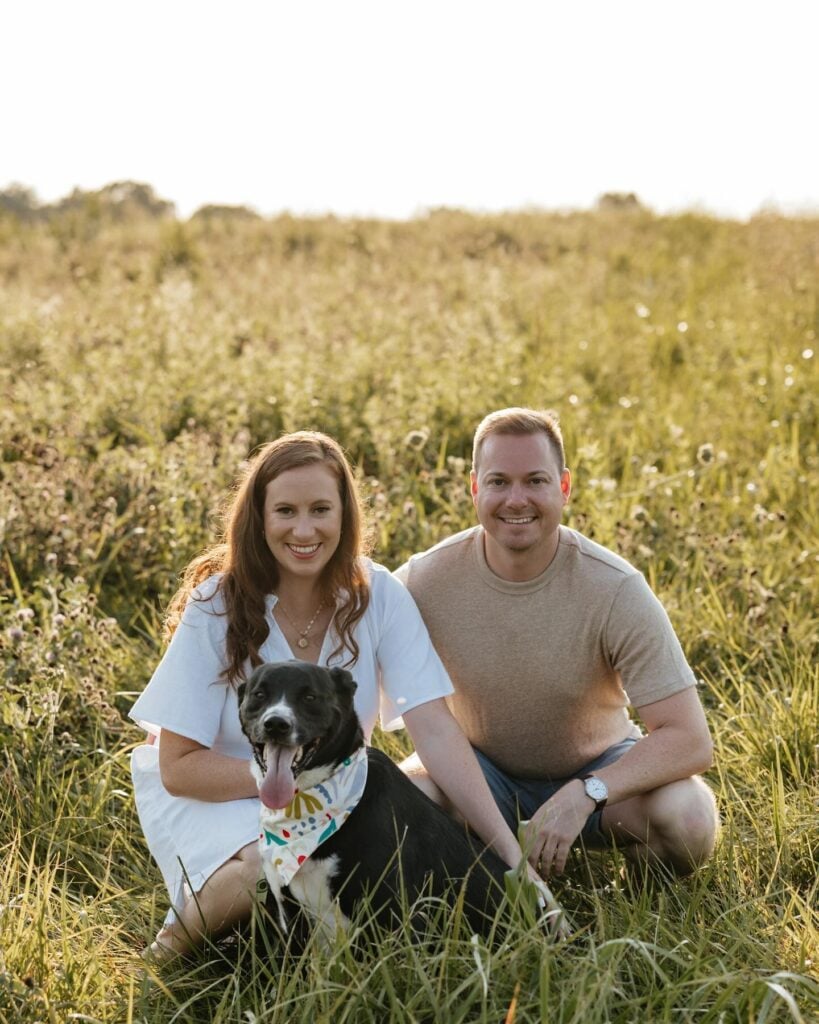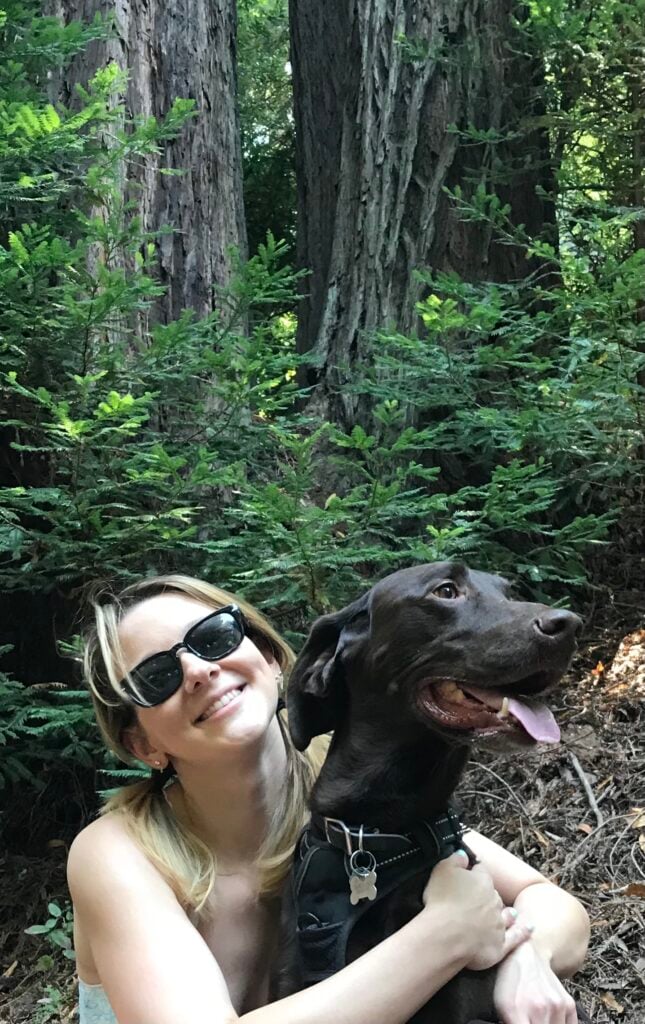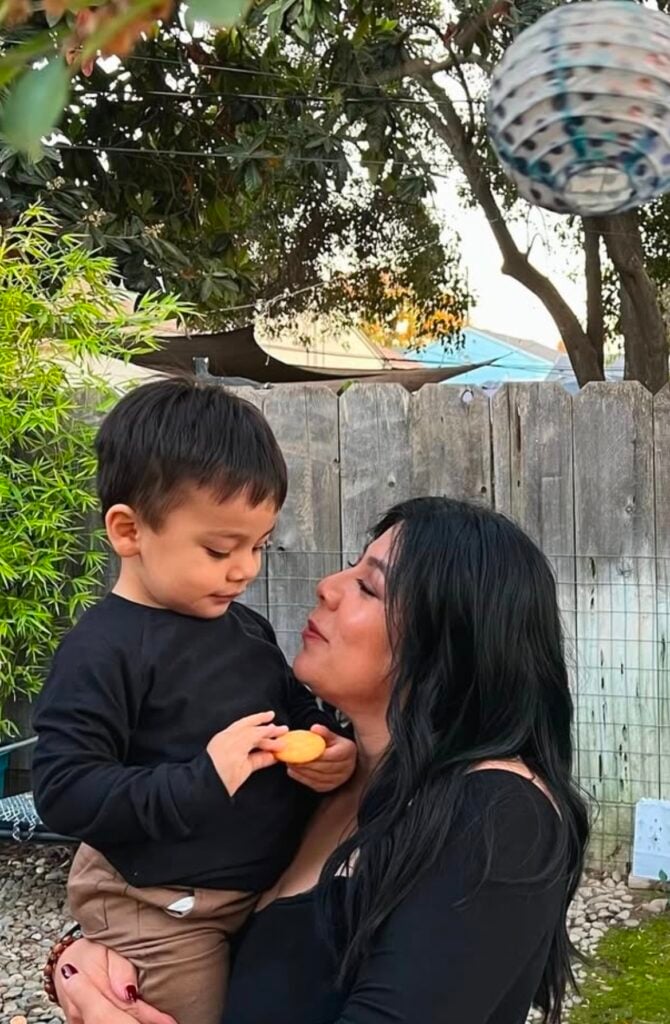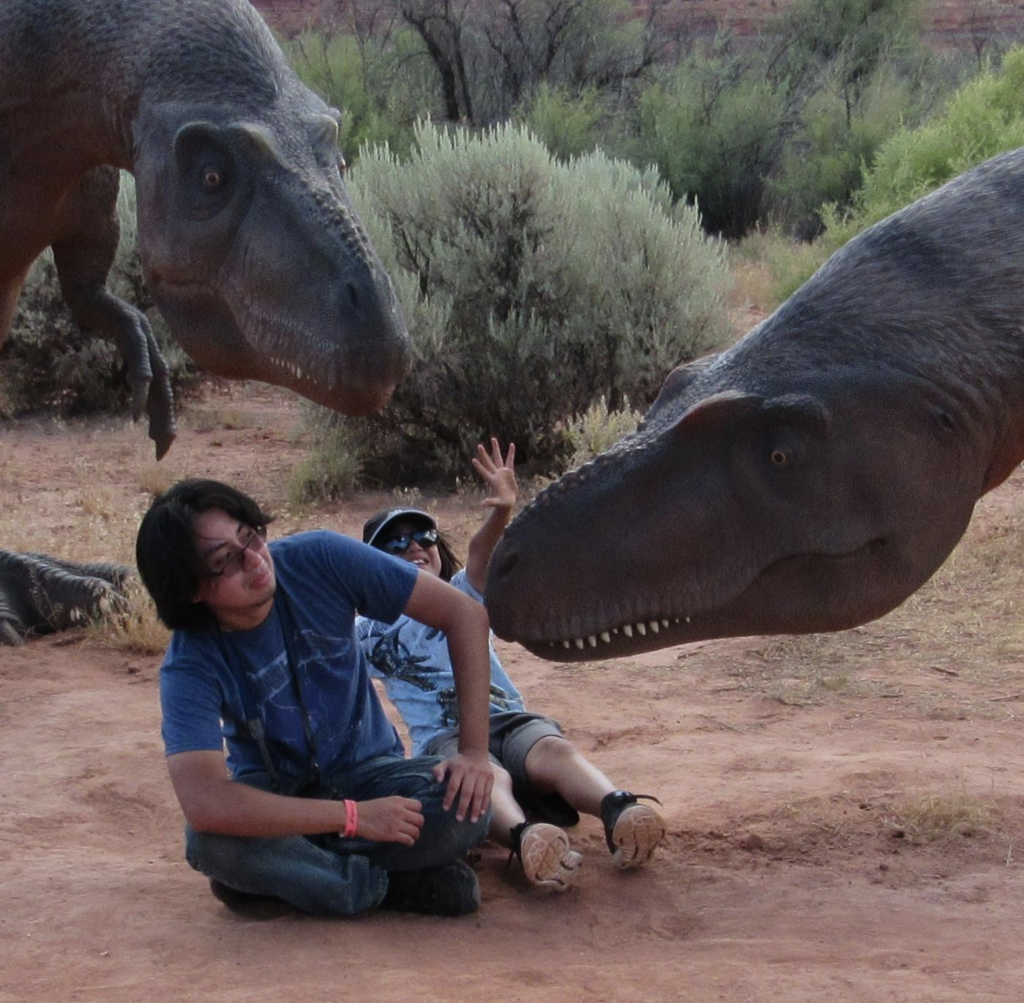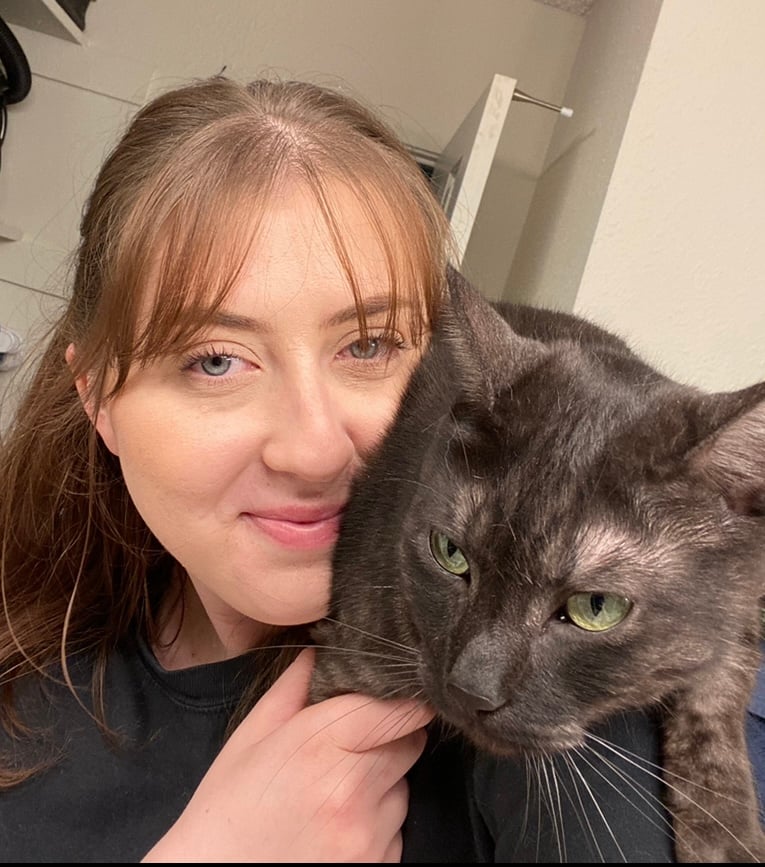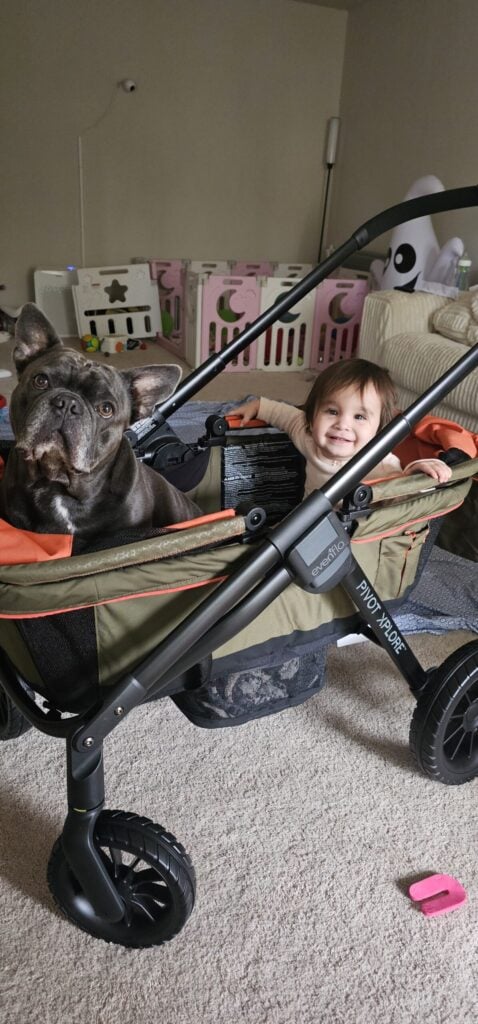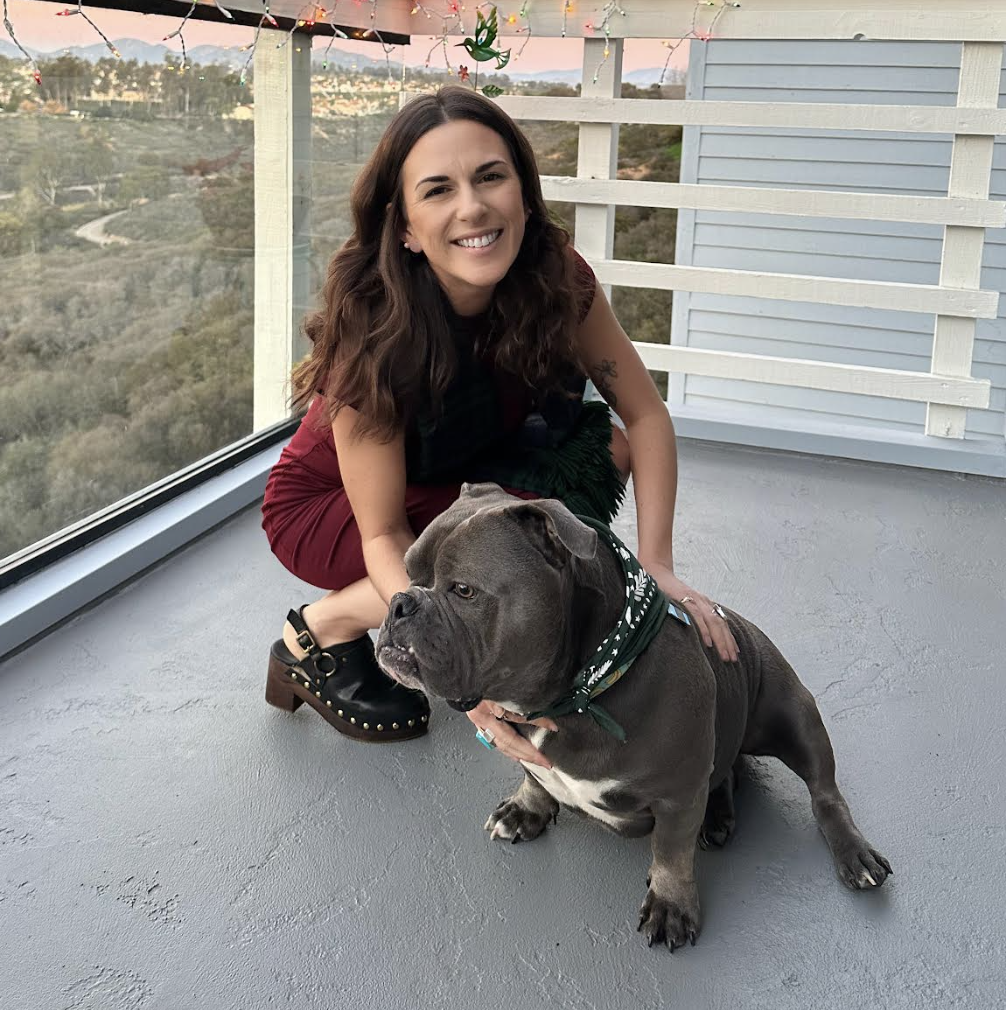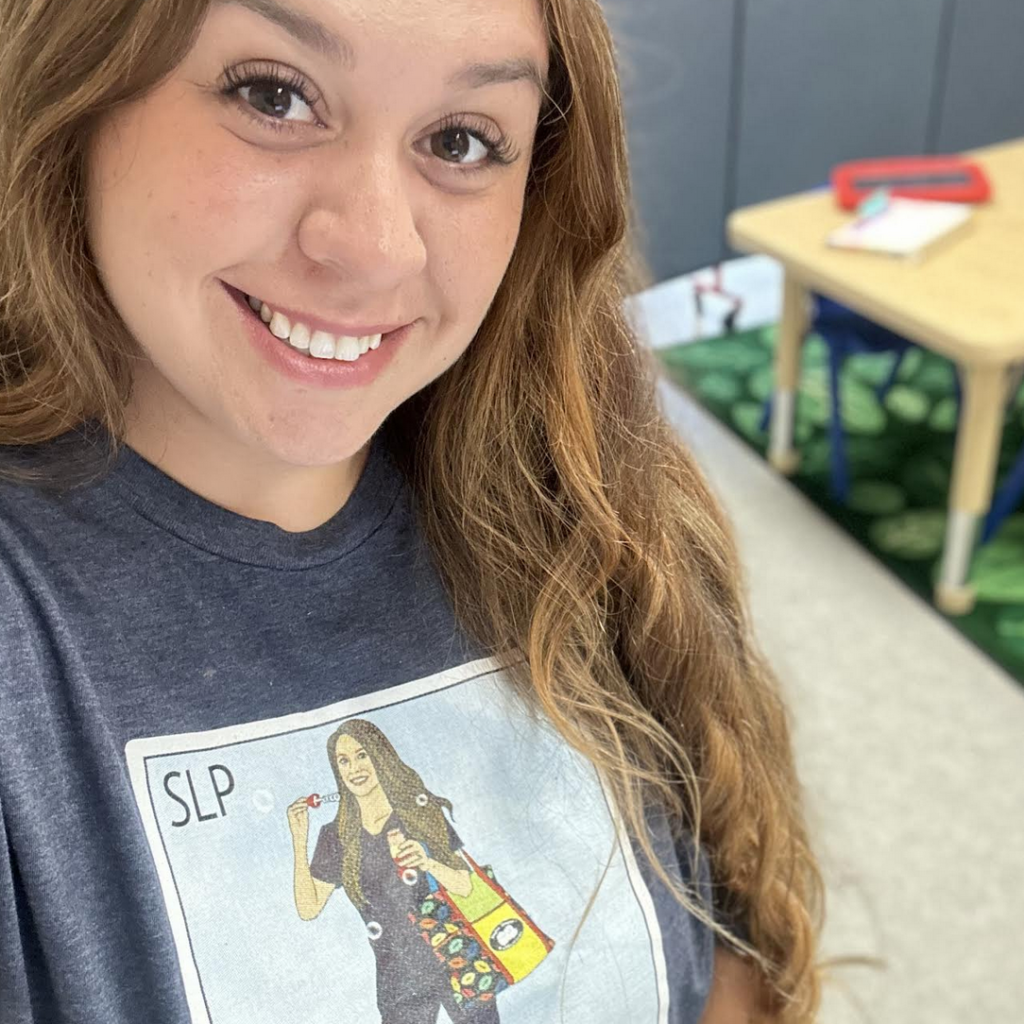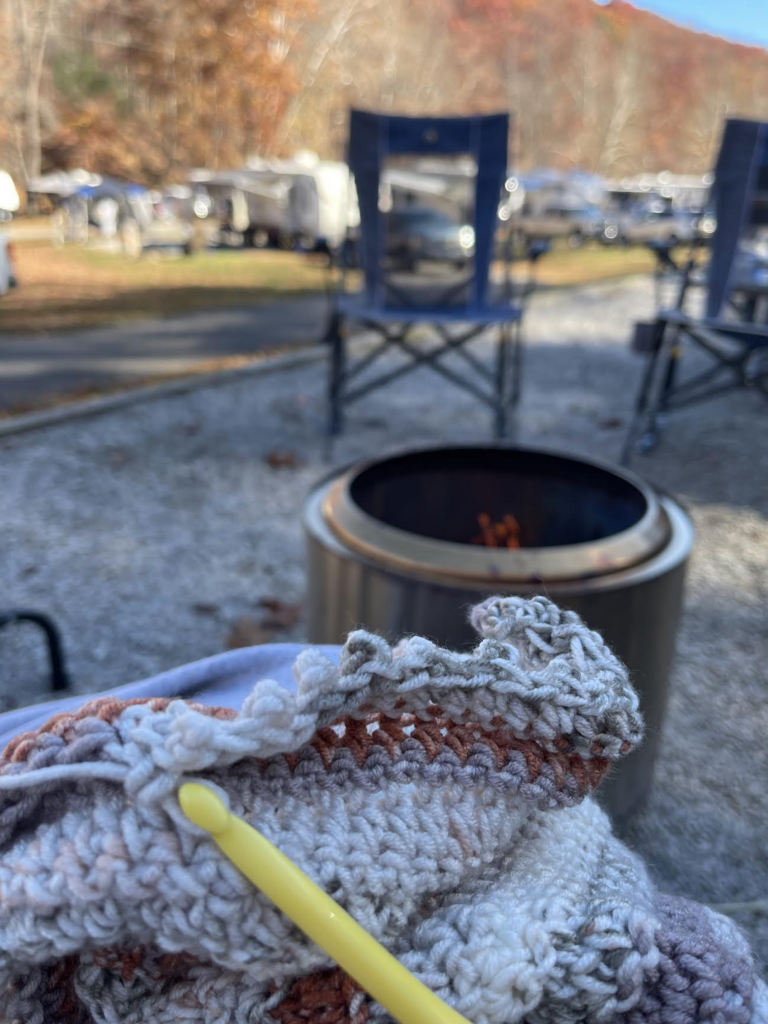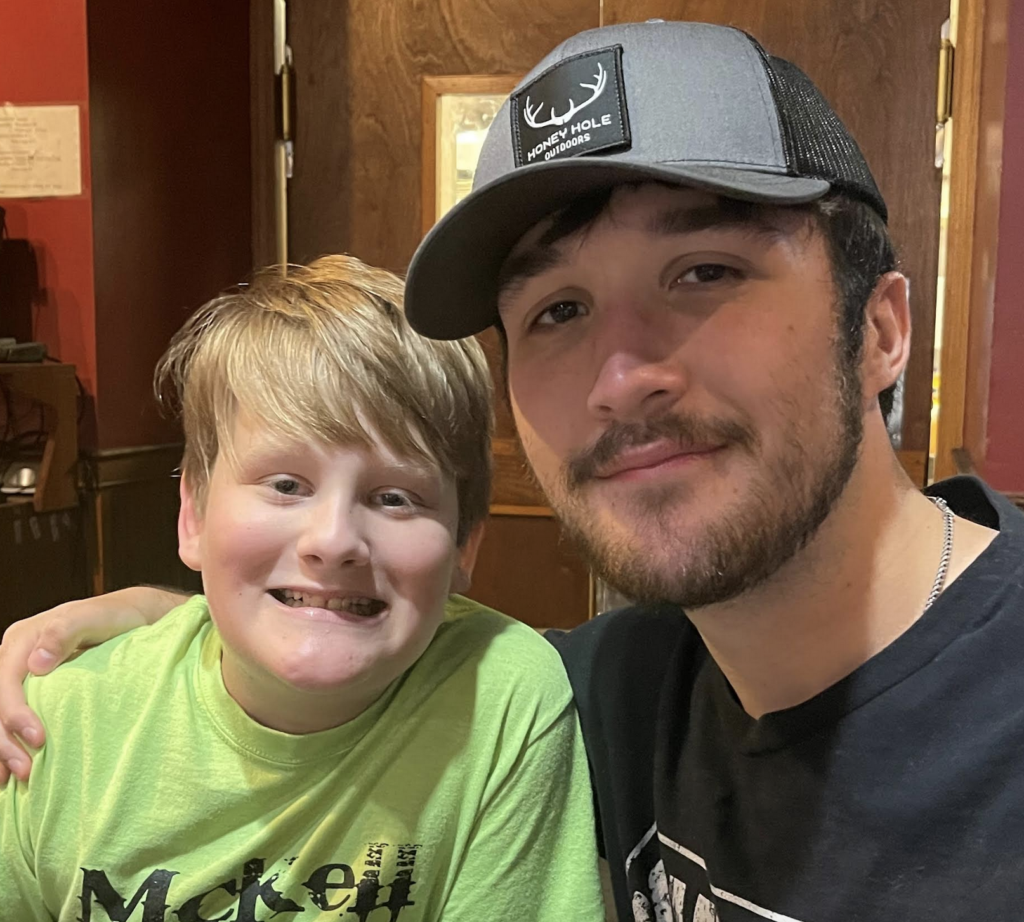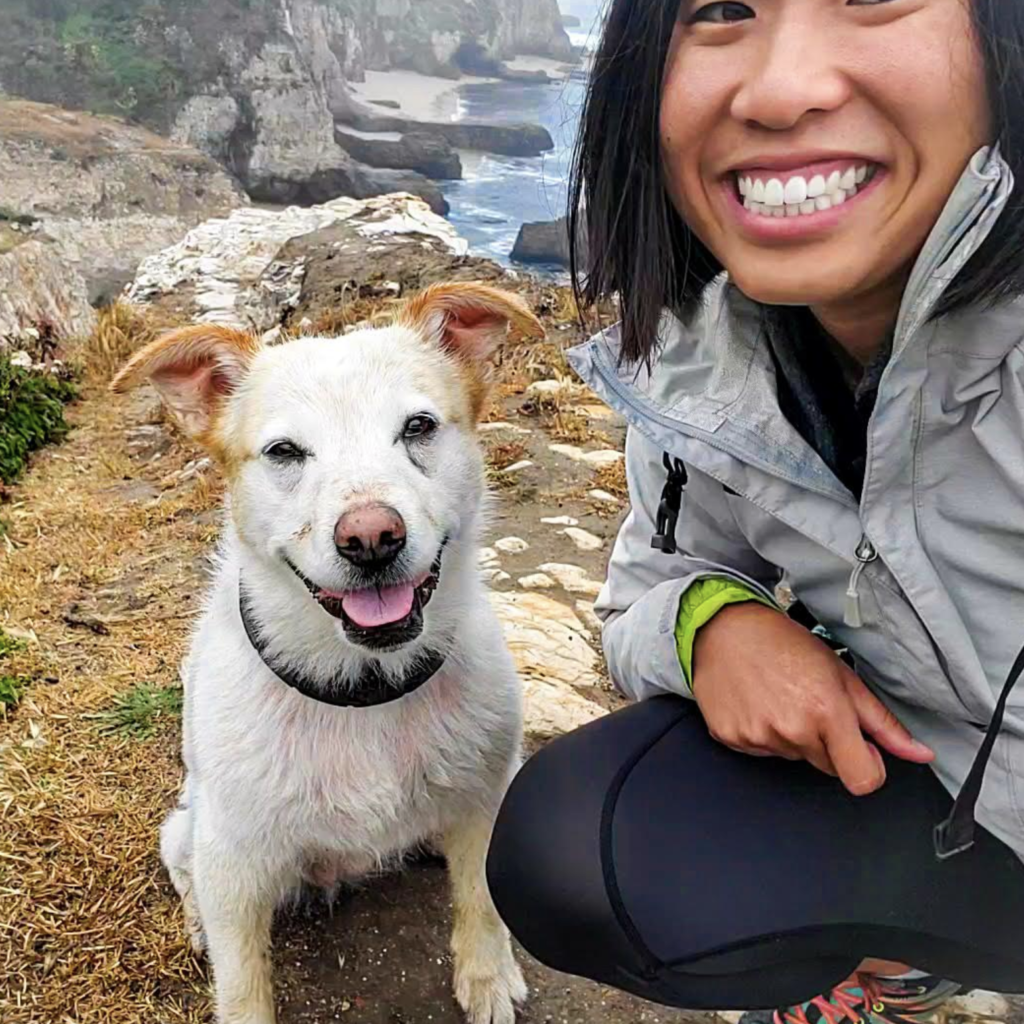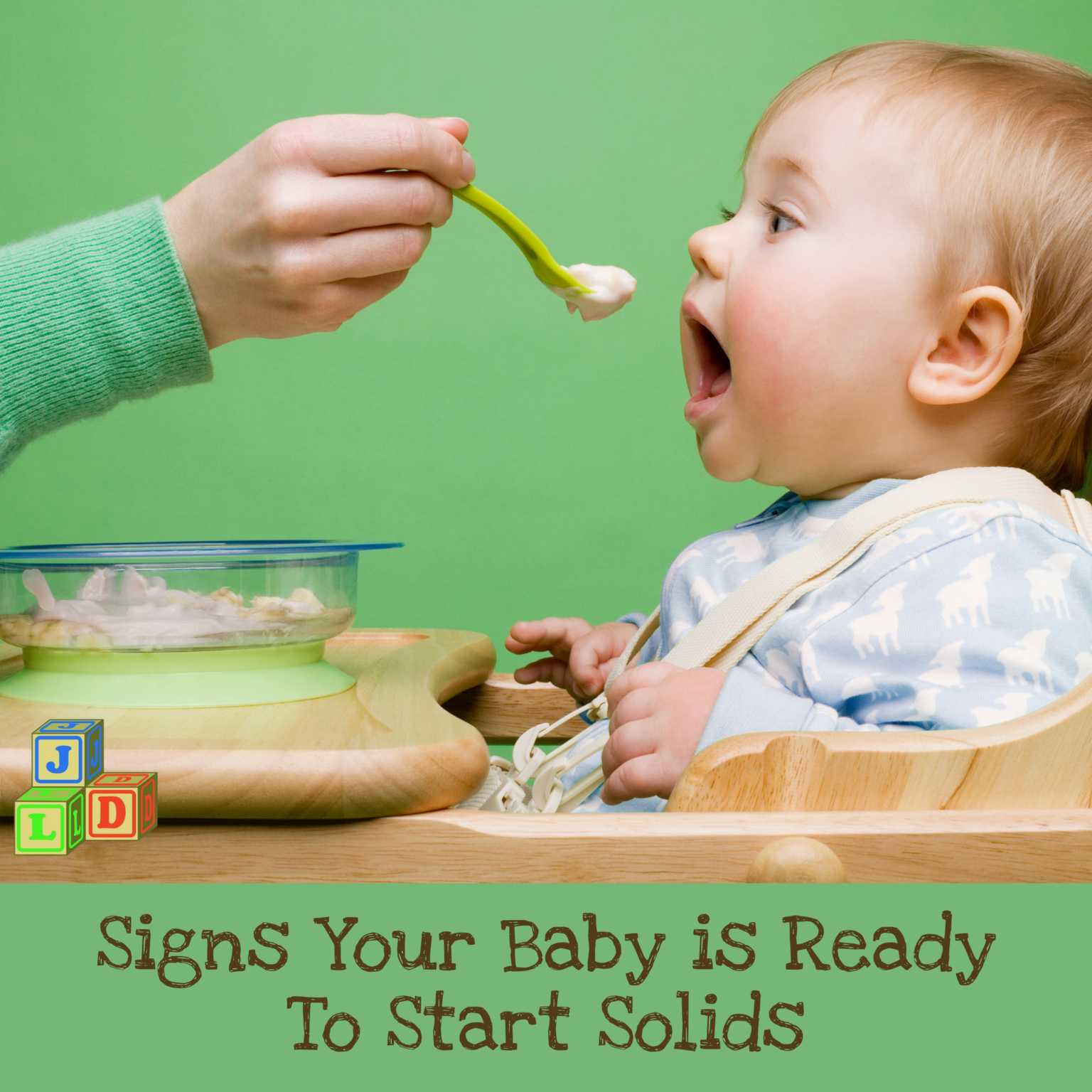
The American Academy of Pediatrics states is safer to start preparing for solids at around six months of age. For the first six months babies only want to have milk, but after around the sixth-month mark, they naturally get the desire to eat solid foods.
In the first five months, your child’s digestive system is not mature enough to deal with solid foods. Even though parents don’t observe this a lot, but research has shown that most babies show signs for their physical readiness to eat solid foods. I have listed a few signs that babies show for their readiness to try solid foods.
Now, we’ve been talking about baby readiness to eat and some of these physical signs do go against what I have stated previously in my When is Baby-led Weaning Right For Us post. Why? Because every parent is going to know when their child is ready for solids. These are just common readiness signs that your child is ready to dive right on in.
Baby is making attempts to grab food during mealtimes
When you are gathered up for lunch or dinner, have you noticed your baby trying to grab food items or making strange gestures that show their interest in food? If yes, then your kid is trying to tell you something. If you observe this in your child, then understand your baby is giving you signals that they are ready for solid food.
Baby has developed the “pincer” grasp
The pincer grasp is when baby can comfortably and confidently pick up objects with their thumb and pointer finger. This will help them pick up food as they start eating, instead of giving the “racking” motion, known as the palmar grasp.
Baby opens up their mouth at the sight of a spoon coming towards them
If your baby gets excited at the sight of the spoon and clamps on it, then odds are your baby is ready for a spoonful of applesauce or cereal. It’s very obvious if your baby is not ready to open his mouth for an empty spoon, he is not really up for the solid food, so it’s best you wait for a week or more and then give it a try.
Baby sits up well without any support
If your baby is sitting upright without any assistance, then they are ready to try solid foods. We want them so sit up without support due to choking reasons. If they aren’t sitting up unsupported and they tip over while eating, it could cause food to get lodged in the back of their throats. We want them to have proper sitting posture before allowing anything to go into their mouths.
Baby makes chewing motions
Your baby has started making the correct chewing motions. As your baby learns how to swallow food without any problem you will notice he will dribble less. You will start to notice your baby making these chewing motions as they watch you eat. They are learning what you are doing, so they are prepared once they start on solids.
Baby is healthy
You want a healthy and happy baby in that high chair when you are making your first attempt at solid food. It is a good idea that your baby should be in healthy form to try learning a new skill, so it’s important that you check whether your baby is feeling well or not. If the baby has flu or a runny nose then don’t try the new skill at that time.
There are myths that you should look out when it comes to signs of readiness in babies. These include: baby weigh too much so they must be ready to eat, baby weights too less so they need solids, starting solid foods will help your baby sleep for longer periods of time, and so forth. Do your research before starting your baby on solids, however, like I always say – you know your baby best. As long as your doctor gives you the okay and you feel confident in starting your baby on solids, you have every right to make that decision for your family.
Is your baby ready for solids?













